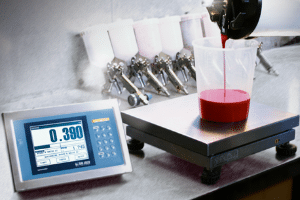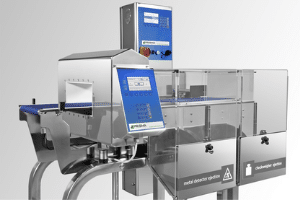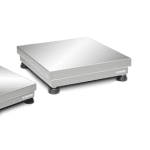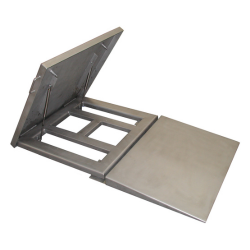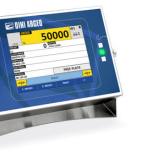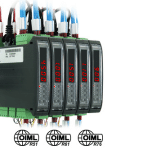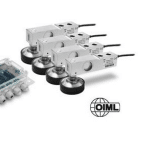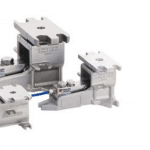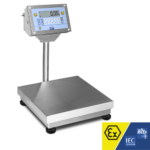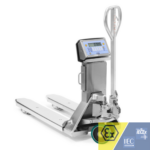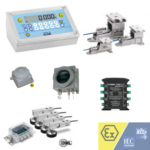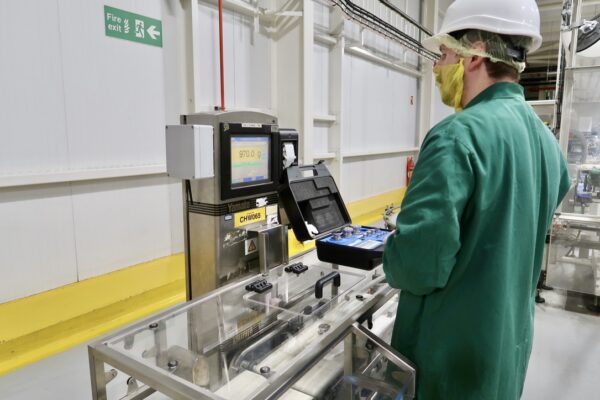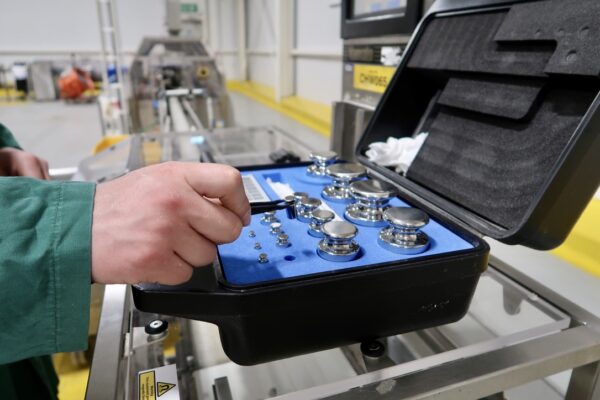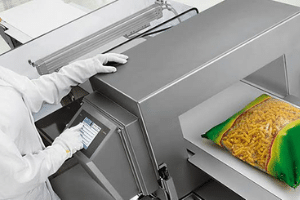Understanding the Nuances: Microbalances vs Analytical Balances in Laboratory Weighing
In the world of precision measurement, laboratories rely on advanced weighing equipment to ensure accuracy in their experiments and analyses. Two commonly used instruments found in labs are microbalances and analytical balances. While they might seem similar at first glance, understanding their differences and applications is crucial for selecting the right tool for specific laboratory needs.
Microbalances: Unravelling the World of Ultra-Precision Weighing
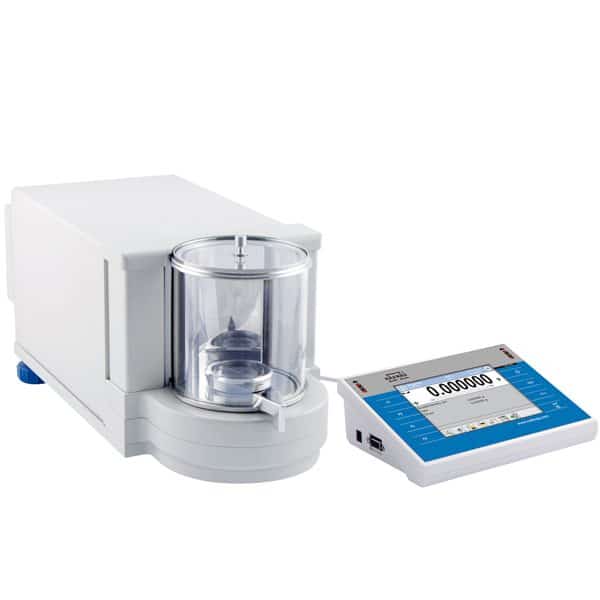 What are Microbalances?
What are Microbalances?
Microbalances are instruments designed for ultra-precise weighing, typically handling smaller sample sizes than analytical balances. They are engineered to provide readings at the microgram level, making them indispensable for applications where minute quantities make a significant difference.
Applications
Microbalances find their niche in industries such as pharmaceuticals, where the precise measurement of small quantities of potent substances is paramount. They are also essential in research involving nanotechnology, where accuracy at the molecular level is critical.
Key Features of microbalances
- High Sensitivity: Microbalances are incredibly sensitive, detecting even the slightest changes in weight.
- Enclosed Draft Shield: To shield the sample from external influences such as air currents and humidity.
- Advanced Calibration: Calibration processes are intricate to ensure accurate readings.
Analytical Balances: Striking the Balance Between Precision and Practicality
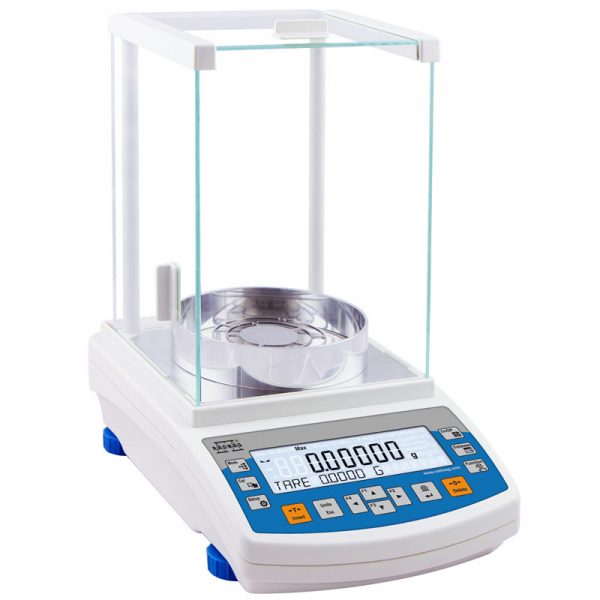 What are Analytical Balances?
What are Analytical Balances?
Analytical balances are versatile instruments suitable for a wide range of laboratory applications. While they offer precision, they are generally used for larger sample sizes compared to microbalances.
Applications
Analytical balances are commonly employed in various industries, including chemistry, biology, and food testing. Their versatility makes them ideal for tasks like preparing solutions, measuring chemicals, and conducting quality control in manufacturing processes.
Key Features of analytical balances
- Precision: Although not as sensitive as microbalances, analytical balances still provide highly accurate measurements.
- Ease of Use: Analytical balances are user-friendly, making them suitable for routine laboratory tasks.
- Sample Size: Designed to handle larger sample sizes compared to microbalances.
Choosing the Right Balance for Your Laboratory: Considerations
- Precision Requirements: If working with minute quantities requiring ultra-precision, a microbalance is the go-to choice. For applications where a high level of precision is sufficient, an analytical balance may be more practical.
- Sample Size: Consider the size of the samples routinely handled in your laboratory. Microbalances excel with smaller quantities, while analytical balances accommodate larger samples.
- Application-Specific Needs: Tailor your choice based on the specific requirements of your industry. For pharmaceuticals, nanotechnology, or other highly specialised fields, a microbalance may be essential.
- Budget Constraints: Analytical balances are often more cost-effective, making them a suitable option for laboratories with budget constraints.
The choice between a microbalance and an analytical balance hinges on the specific needs and applications of your laboratory. Understanding the nuances of these instruments empowers you to make informed decisions, ensuring precise and reliable results in your scientific endeavours.
At Micro Weighing Solutions, our team of experts is dedicated to assisting you in this decision-making process. With a wealth of experience in manufacturing weighing equipment for various industries, including pharmaceuticals, chemicals, and logistics, we understand the diverse needs of laboratories. Contact us today, and let our specialists guide you in choosing the right tool for your application. With MWS, precision is not just a commitment; it’s our expertise.
